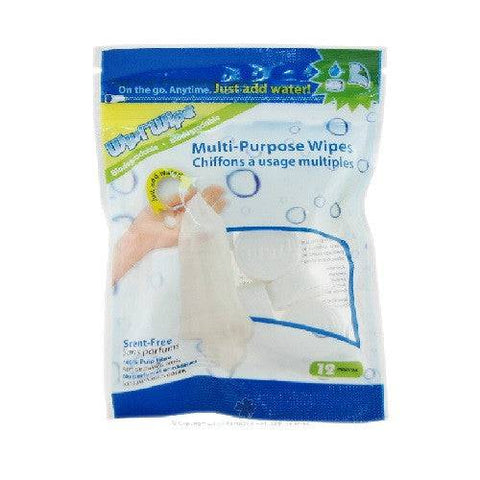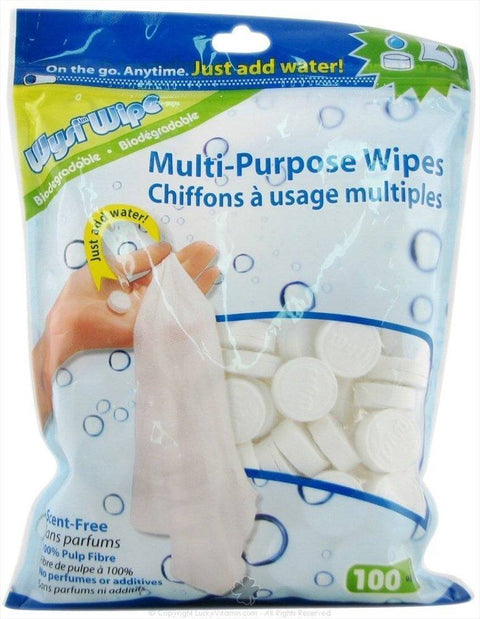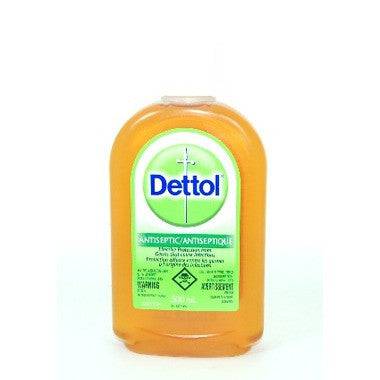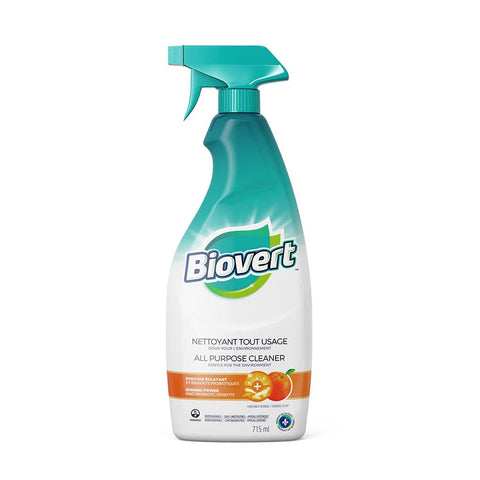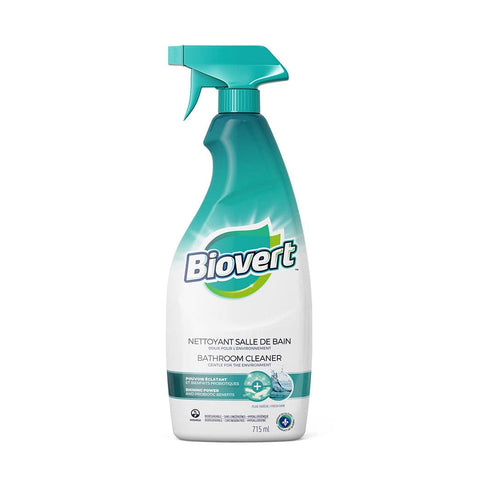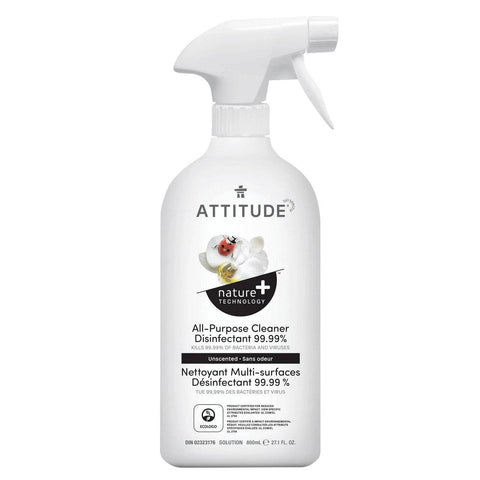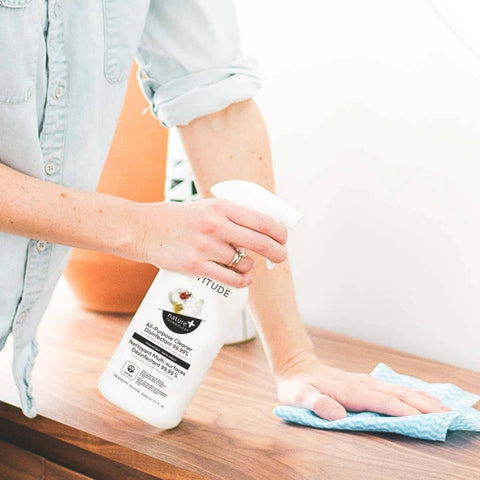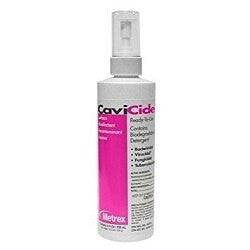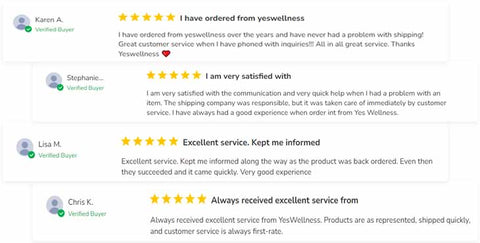15 products
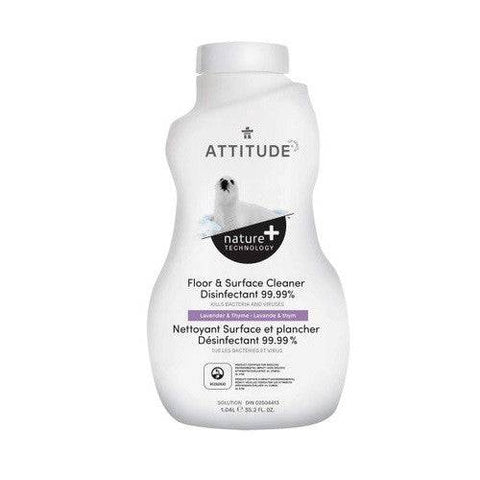
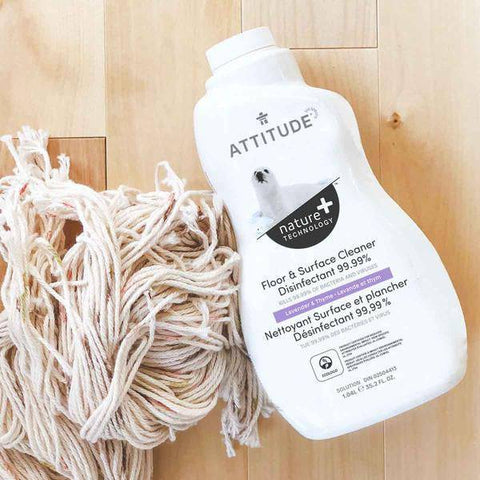
Attitude Nature + Floor and Surface Cleaner Disinfectant 99.99% - Lavender & Thyme 1.04 L
$6.99
$11.00
36%
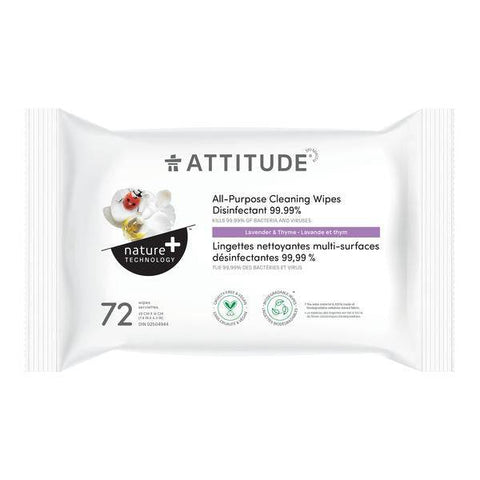
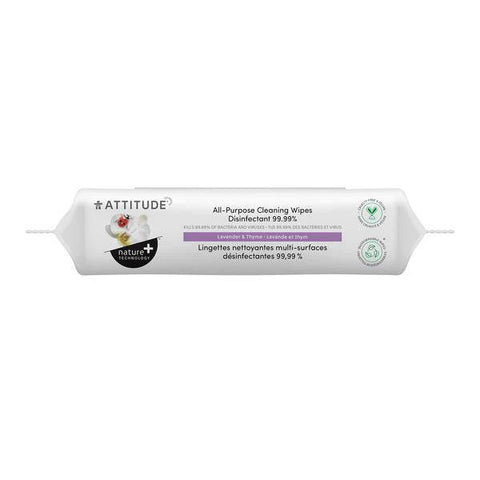
Attitude Nature+ Technology All-Purpose Cleaning Wipes Disinfectant 99.99% Lavender & Thyme 72 Wipes
$8.10
$12.50
Sold Out
35%
Learn more
About this collection
Related categories
Shipping
- Canada 1-10 business days after your order leaves the warehouse and is dependent on your region.
- United States 4-14 business days after your order leaves our warehouse.
For more info, visit our shipping page.
800 brands. 15,000 products. 600,000 happy customers.
We're thrilled to provide everything your health needs, and what makes us even prouder is our commitment to excellent customer service. Just read our vitamins & supplements store reviews!




